The Enchanting World of the Chameli Flower: A Gardener’s Delight
Some flowers are a gardener’s delight simply because they have it all – the visual appeal, the exotic fragrance, and the medicinal value. The legendary Jasmine flower, also known as Juhi, Malti, and Chameli in India, falls in that category. Due to its intoxicating smell that fills our surroundings with a heavenly essence, the Jasmine flower is a common sight across India. Jasmine flowers are part of religious and wedding ceremonies. In South India, women wear gajras made of Jasmine flowers.
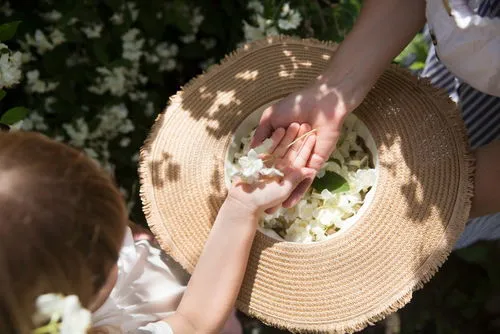
The Versatile Jasmine Flower
The Jasmine essence is used to make perfumes. Due to the medicinal properties of this flower and its essence, it is commonly used in beauty and healing products as well.



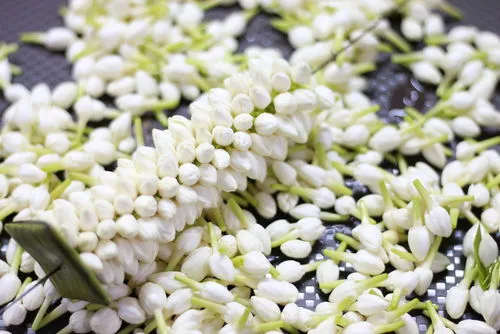
Jasmine flowers bloom at night and close in the morning.
Quick Facts About Jasmine Flowers
Botanical Information
- Botanical name: Jasminum
- Common name: Jasmine, Jessamine, Chameli, Malti, Juhi, Poet’s Jasmine
- Genus: Jasminum
- Family: Oleaceae
- Native: Southwestern and Southern Asia, mainly the Philippines, India, Myanmar, and Sri Lanka
- Type: Vine, perennial
- Flowering season: Summer and fall (starts from March and lasts until July)
- Flower colors: White, light yellow, pink
- Soil: Well-drained
- Sun: Full sun to partial shade
- Water: Medium
- Maintenance: Medium
- Allergic: Yes
Physical Description of Jasmine
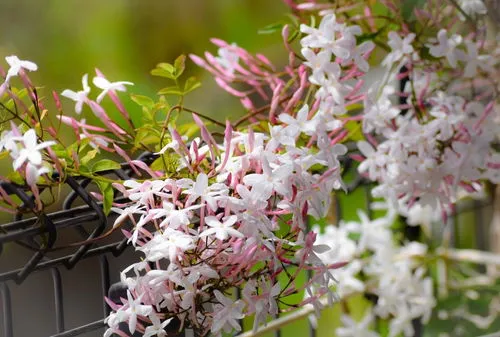
Jasmine flowers grow in clusters of 3-12 at the end of branches. They are about 2-3 cm in diameter with 5-9 lobes.
Cultivated worldwide as ornamentals, Jasmine comes from the genus, Jasminum, which has over 200 fragrant flowering shrubs and vines. It is the national flower of the Philippines and is found in a rich variety of shapes, sizes, and colors. The name Jasmine is a derivative of the Persian word, Yasmin.
The small, pinwheel-like flowers with an overpowering essence are part of the dense, fast-growing, medium-sized shrub that responds well to pruning. The jasmine flower, which is the source of attar of jasmine used in perfumery, has a powdery satin-like texture. A perennial plant that would continue to bloom year after year, the Jasmine flower plant has simple, ovate, dark green, small leaves.
Types of Jasmine
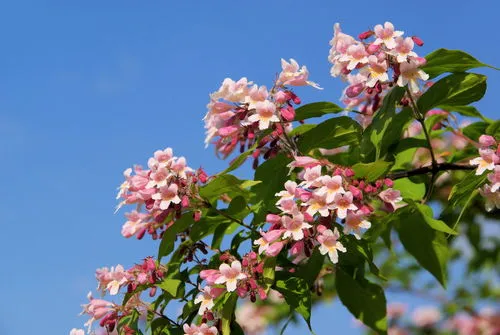
- Common Jasmine
- Arabian Jasmine
- White Jasmine
- Purple Jasmine
- Forest Jasmine
- Winter Jasmine
- Spanish Jasmine
- Angel Wing Jasmine
- Dwarf Jasmine
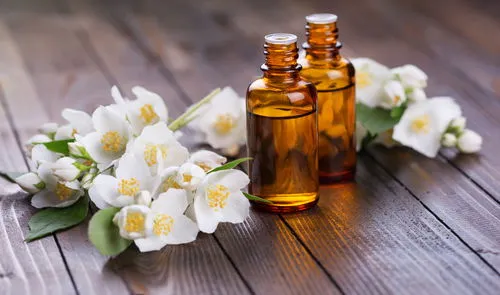
How to Plant and Grow Jasmine
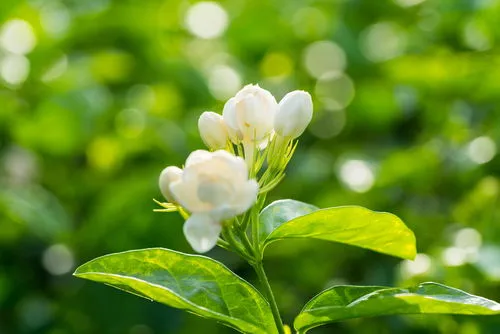
- Place the plant on the ground or in a deep container filled with well-draining fertile soil.
- Keep it in full sunlight to partial shade. The plant would require at least 6 hours of full sunlight.
- Water it regularly. Make sure you water it once the top one inch of the soil is dry.
- Make sure you prune it regularly.
- Feed a balanced liquid fertilizer during the growing season.
- Secure it from spider mites and aphids.
Note that only a few varieties of the jasmine flower plant can be reproduced by seed. Once cultivated, it does not bear seeds. The plant must be reproduced solely by cutting, layering, and marcotting.
Jasmine: Uses and Benefits
Jasmine is found to be useful in:
- Liver diseases
- Pain due to liver scarring
- Abdominal pain due to severe diarrhea
- Stroke
- Neutralizing and purifying air
- Hair growth
- Antiseptics
- Muscle spasms
- Weight loss
- Menstruation pain
- Diabetes
- Preventing skin diseases
- Reducing stress
- Relaxation
- For mental alertness
- As an aphrodisiac
- Cancer treatment
- Aromatherapy
- Adding fragrance to creams, lotions, perfumes, soaps, and beverages
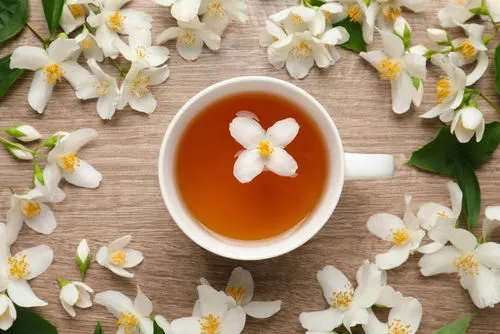
Benefits of Jasmine for Liver Disease
Because of its well-known healing properties, Jasmine oil is used in medicines meant to cure liver disease (hepatitis), pain due to liver scarring (cirrhosis), and abdominal pain due to severe diarrhea (dysentery).
Can Jasmine Help Diarrhea Patients?
Analgesic and antispasmodic properties of Jasmine help in managing stomach-related disorders, including diarrhea.
Can Jasmine Be Used as a Sedative?
The intensity of jasmine tea aroma has sedative effects on both autonomic nerve activity and mood states.
Conclusion
The chameli flower, or jasmine flower, is more than just a pretty face in the garden. Its intoxicating fragrance, medicinal properties, and cultural significance make it a cherished plant in many parts of the world. Whether you’re looking to add a touch of elegance to your garden or seeking natural remedies, the jasmine flower plant is a versatile and valuable addition. So, why not bring a bit of this enchanting flower into your life?
